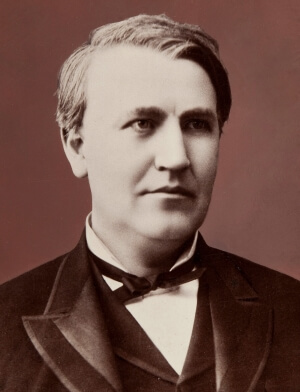- ICCONS,Shoranur, Palakkad (0466)2224869; 6238440945
- ICCONS, Pulayanarkotta,Trivandrum-11 (0471)2440232, 2447729
- icconssrr@gmail.com
- icconstvpm2018@gmail.com

Learning Disabilities - Problem in National Level
An over view of the current status of the problem at national level is reviewed here.
While such tremendous progress has been made in the understanding of Learning Disabilities abroad, the National status of the studies on various aspects of learning Disabilities were negligible and research in the field was meek as in any other branch of Neurology. Research on epidemiological, neuroanatomical, neuropathological and etiological aspects were confined to isolated research groups and do not carry any standardized program or protocols. The heterogeneity in the socio-cultural, environmental and linguistic profile was added problems for unified research activities. Linguistic Heterogeneity and illiteracy are major problems in developing standardized protocols for research in learning disability.
The actual number of children who have a learning disability problem in India is difficult to access, because no national census has been taken. According to the National Council of Education, Research and Training (NCERT) in New Delhi, there has been no systematic collection of data and they follow the figures generally quoted by international agencies. Figures issued by American educators place the number at 10 to 12% within America. In schools within Delhi about 3 children out of 40 were found to have a specific learning disability.
Sachdeva (1974) in a study of 178 children from a private English medium school found 46 children with poor achievement. Out of these 46 children 17 % had specific reading disability. Shah et al (1981) in a study on primary school children of upper income group found that 3% had learning disability. Prevalence rates of reading disabilities within the 4% to 10% range have been found in countries with widely differing writing system including non-alphabetic scripts. (Stevenson et al, 1982).Kapoor (1985) found the prevalence of scholastic backwardness to be 30% in a residential school at Bangalore. Ramojirao (1987) conducted a study on 720 students belonging to the rural schools and found that 6.94% had learning disabilities.
John (1989) in a study of 50 scholastically backward children of average intelligence found that 66% had reading disabilities, 68% had perceptual motor immaturity, 44% had writing disabilities and 24% had arithmetic disabilities. In 1997 an epidemiological study on developmental language disorders and Learning Disabilities among children below the age of 15 years among the rural population in Kerala revealed that 10% of children in rural population are scholastically backward due to various reasons and about 9% is having Learning disability. A study in the same year on School population revealed approximately 19% is having features of Learning Disability.(Suresh et al 1998 ;2003).Kishor et al (2000) reported an analysis of 200 children seen in the child and adolescent psychiatric clinic at the Medical College, Trissur. The most frequent diagnosis was that of SDDSS. 27% of children had SDDSS, 42% of those with SDDSS had specific reading disorder and others had a mixed disorder of scholastic skills. There have been only a very few studies on the etiological factors on learning disabilities. Learning Disabilities and hyper kinetic behaviour associated with Hyperthyroidism was reported by Suresh et al (2000). Relative levels of the serum hormones especially that of the thyroid hormone below the mean value was observed in children with learning disability ( Suresh et al UNDP 2005) Changes in the nutritional status ,Low serum protein levels ,Low Hemoglobin level, and relative change in growth rate have been observed in Children with Learning Disabilities in the same study. Higher incidence Learning Disability related to season of birth has been observed in the same UNDP funded school based study on learning disability. The significance of a specific type of learning disability- DGS a form severe writing Disability, its clinical characteristics and possible mechanism have reported (Suresh et al 2000).








